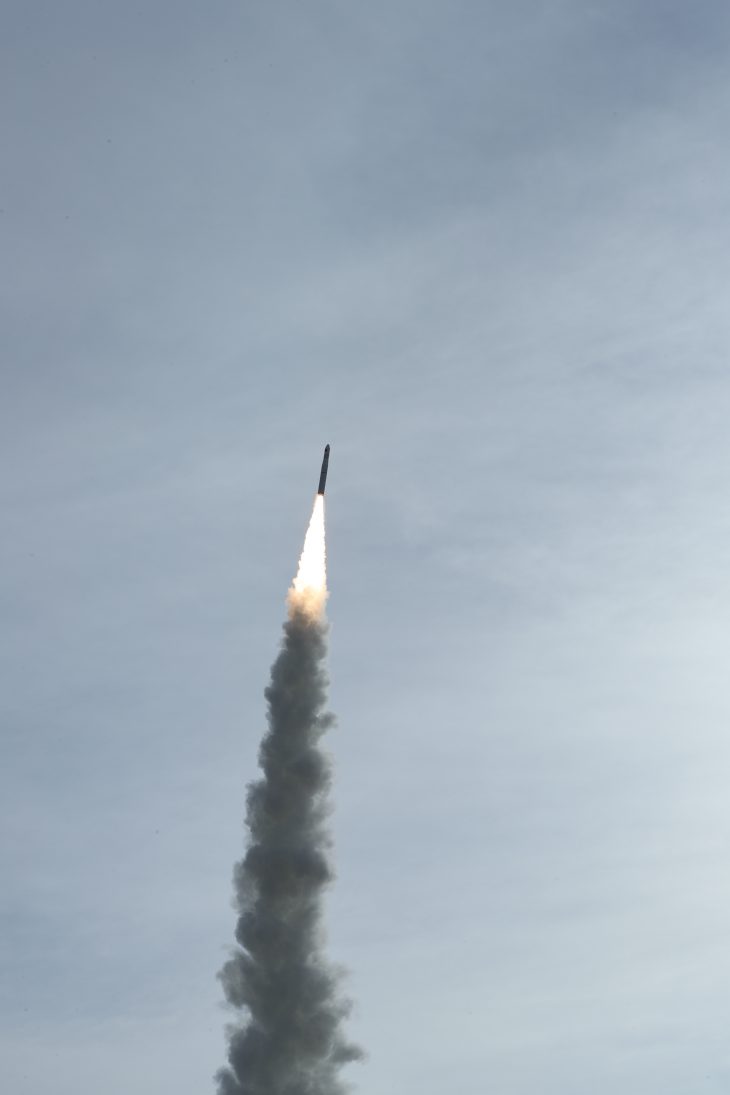
TORONTO – Canadian nanosatellite company Kepler Communications has successfully placed the first commercial Ku-band satellite in low earth orbit (LEO) to provide economical satellite data services.
The initial Kepler nanosatellite, a bread loaf-sized communications bird known as Kipp, launched January 19 from the Jiuquan Satellite Launch Center in northwestern China, becoming the first Canadian spacecraft ever launched from that country. The company’s second spacecraft, Case, is scheduled for launch later this summer.
The Toronto-based start-up said that its network of satellites will eventually enable in-space connectivity for other satellites, space stations, and transport vehicles. Kepler added that its inaugural service will focus on relieving the high cost and limited bandwidth real-time satellite connectivity with a delay tolerant service.
“There is a tremendous amount of data out there that doesn’t need real-time connectivity, but just needs to move – GIS data, aggregated IoT sensor data, CCTV backlogs, even media”, said Kepler CEO Mina Mitry, in the news release. “We can move high volumes of this data, we can do it cheaply, and we improve our quality of service with every new satellite we launch”.
In addition to bulk data transfer, Mitry said that Kepler also sees a market opportunity for providing narrowband satellite connectivity to enable the Internet of Things (IoT).
“The challenge with IoT is that to create a truly compelling business model, you need lots of devices connected,” Mitry added. “That requires pricing and performance on par with terrestrial wireless. The amount of spectrum in Ku-band presents a viable way of doing this, but there needs to be substantial technology advancements before we can get there. Being the first to actually deploy a LEO Ku-band system gives us a first-mover advantage.”
Kepler said that the successful deployment of its first nanosatellite is a key demonstration of its core technologies: software-defined radios and antenna arrays that can efficiently exploit available spectrum from space. It added that it already has “several” customers ready to take advantage of the backhaul service available from Kipp.
In photo: the rocket bearing Kepler's nanosatellite Kipp at its January 19 launch. (Courtesy of Kepler Communications)



